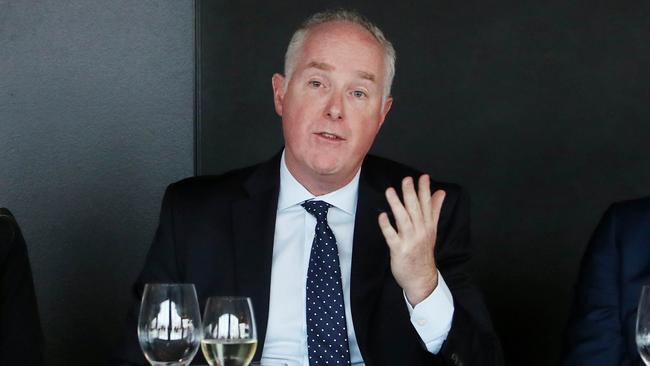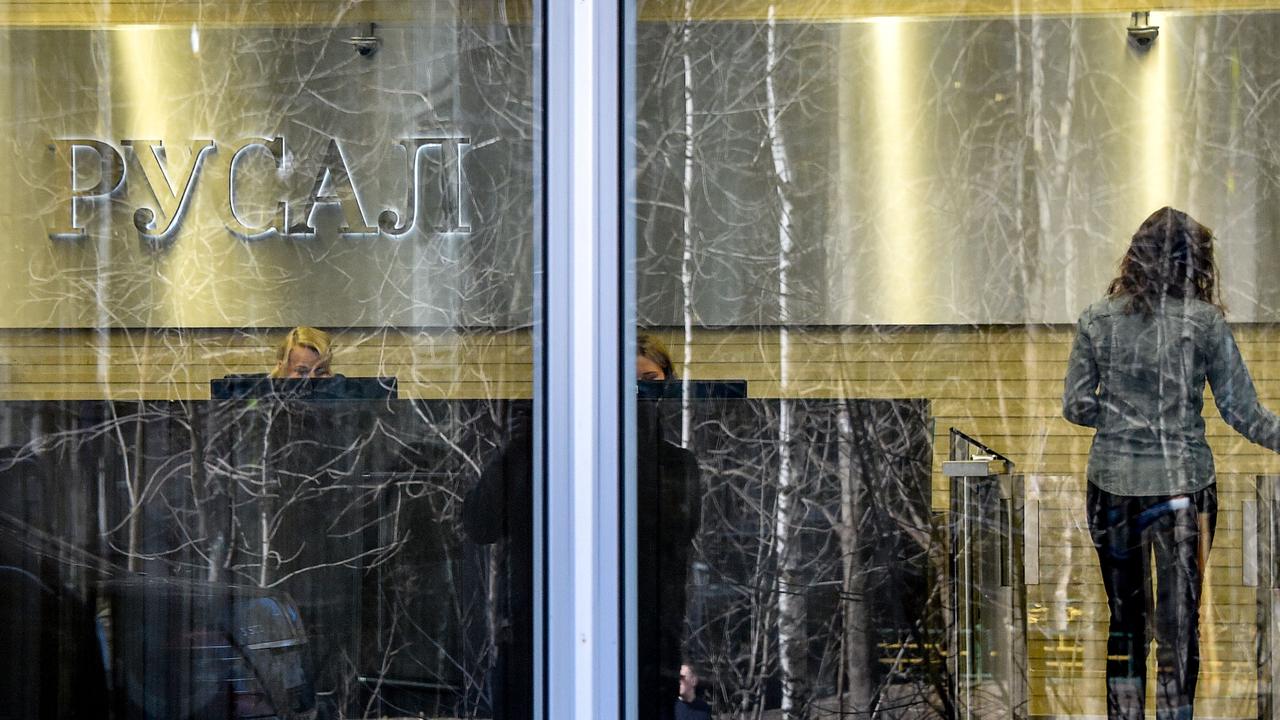Treasury’s big US bet is paying off
The decision to float between Southbank and the Napa Valley underlines the importance of the US in Clarke’s strategy.

It also says something about the scale of the opportunity he and his board, which is enthusiastic about the move, believe has opened up since the bold decision to buy Diageo’s US and UK wine businesses for $754 million in 2015.
That acquisition bulked up Treasury’s “masstige” brands portfolio in the US, giving the US platform critical mass for the first time since it entered the world’s biggest wine market a decade-and-a-half earlier with the Beringer acquisition.
Rather than heed the perennial calls of analysts and fund managers to exit the US market, historically a source of major disappointment and missteps, Clarke and his board decided to leverage its existing platform.
It’s paying off. With an outstanding overall first-half result, the US business contributed a 75.4 per cent increase in earnings before interest, tax, depreciation, amortisation and SGARA (the industry’s treatment of inventories).
That EBITS growth, to $90.7m, produced an EBITS margin of 16 per cent and reflected the Treasury strategy of driving the “premiumisation” of its portfolio of brands, supported by more substantial investments in marketing and promotion, to achieve higher margins.
While the company said that the co-location plan is temporary, it underscores the emphasis Clarke is placing on capitalising on the potential of the enlarged US platform and the critical importance of the US in the still-developing strategy of regarding Treasury’s regional wine businesses, including the US business, as a global brands portfolio.
There is a larger opportunity in the US if Treasury continues to execute well, but there is also an opportunity to sell bigger volumes of its US wines to the rest of the world, most notably Asia, where Treasury is lifting its marketing support for its US brands.
The decision to have its CEO sharing his time between its home base and the US sends a strong message that Treasury is comfortable about the condition of both its Australasian operations and, more particularly, its Asian business.
The mature Australasian business generated EBITS growth of 13.2 per cent, to $53.1m, and a margin of 16.4 per cent. Asia reported EBITS growth of 75.6 per cent, to $79m, and a margin of 36.2 per cent.
The focus Clarke has placed on the Asian business, which has included the diversion of core brands from the domestic market into Asia, supported by increased marketing investment and a rebuilt distribution platform, has paid off in spades.
The numbers flowing from those operations say that the market remains immature and the opportunity immense. Clarke is evidently comfortable with the solidity of the foundations the group now has in the region.
The other region in which Treasury has a major presence, Europe, also reported significant earnings growth, with EBITS rising 34.3 per cent to $23.1m with a margin of 12.3 per cent. The Diageo purchase also bulked up its UK presence, albeit with a bias towards commercial rather than masstige wine.
Beneath the top line growth — net sales revenue rose 24.3 per cent to $1.3bn in the half — Treasury has been meeting the targeted run-rate for the synergies from the Diageo acquisition while absorbing a material increase in its cost-of-goods-sold, with higher vintage costs and the increased investment in brand support, particularly in the US, blunting the impact of the continuing effort to generate efficiencies within the Treasury supply chain.
The overall result, however, conforms to the strategy and financial targets Clarke has previously presented.
The 58.8 per cent increase in group EBITS and the EBITS margin of 17.5 per cent are in tune with the strategy of focusing on higher-margin masstige wines and a relatively small portfolio of core high-value global brands.
It also fits with the ambition of reducing the agricultural and seasonal influence on Treasury’s results to produce more consistent results, within years and beyond, as well as shifting from being an “order-taking” organisation to a brand-led one.
It has been a hallmark of Clarke’s tenure thus far that the group has achieved its stated objectives on costs and margins, which has produced a growing level of sharemarket confidence that Treasury has put its chequered and disappointing history behind it.
Its share price illustrates that conviction. When Clarke was appointed it was around $3.50. It is closer to $12 today.
Clarke said today that the group was on track to extract cash synergies from the Diageo integration with a run-rate of $35m a year by 2020. It remains on target to achieve a run-rate of cost-of-good savings of at least $100m from its supply chain optimisation project over the same period.
It is retaining its forecast of an EBITS margin in the high teens by the 2018 financial year, which is now firmly in sight after the strong start to this financial year.
With the caveat of the impact of exchange rate fluctuations Treasury expects that its second-half performance will be broadly in line with the interim result.
That, too, reflects the changes Clarke has made to the Treasury model, including the initially risky decision to shift the release dates for its flagship brands, including Penfolds, to spread them more evenly over the year rather than use them to generate a final-quarter spike in sales.
Treasury believes that its Australasian and Asian businesses are now in sustainable growth mode, with the US providing the biggest opportunity for absolute profit growth and margin expansion.
If Clarke’s increased presence in the US can help the group finally realise the potential of that US business, the rocky and sometimes traumatic 16-year journey that Foster’s shareholders embarked on in 2000 when the group bought Beringer for $1.5bn will finally, albeit belatedly, be vindicated.






Michael Clarke’s decision to “co-locate” between Australia and the US marks an important punctuation point, and signal, of the remarkable transformation of Treasury Wine Estates since he became chief executive nearly three years ago.